Hardy, spirited fish are wildly active feeders
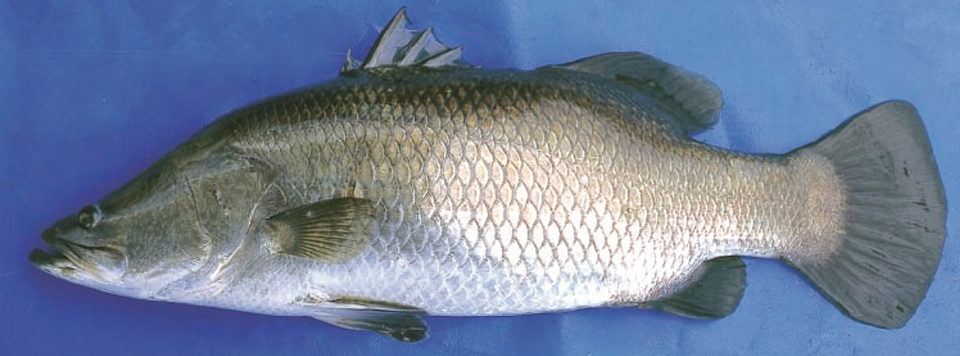
Barramundi (Lates calcarifer) is the iconic Australian fish. World-renowned by game fishermen as an impressive fighter, big “barras” draw international visitors to Australia in search of the prize fish. Their fighting spirit is duly matched by their hardy nature and excellent flesh characteristics, which have led to the development of aquaculture of the species.
Barramundi aquaculture took hold in Australia in the 1980s, with current annual production volumes approaching 4,000 metric tons (MT) of the estimated global production of about 30,000 MT. Production is increasing steadily at around 10 percent annually.
The dynamic fish are also becoming well traveled. Recirculation systems growing barramundi have been developed in the United States, Holland, United Kingdom, and Asia. Plans for further development in Europe and the U.S. are also well advanced, as are operations in India and Sri Lanka. Some of these systems are stocked with fingerlings produced by Australian hatcheries.
Production profile
Barramundi culture occurs in every mainland state of Australia in a variety of systems, including recirculation units, earthen ponds, and sea pens. Pond culture is typical in the warmer environments of tropical Queensland, while recirculation systems are more common in cooler southern states, where water heating is essential to maintain optimum temperatures for growth of at least 25 degrees-C.
Barramundi are catadromous fish that require broodstock and larvae to be reared in seawater, while grow-out can occur in either fresh-or seawater. Often, however, freshwater-reared individuals are “purged” in seawater just prior to harvest.
Seedstock production
Year-round supplies of barramundi fingerlings are available from several hatcheries throughout Australia that hold the animals under controlled temperature and light regimes. Careful management of broodstock is required. Barramundi are protandrous hermaphrodites, with male fish often converting to females following a breeding season. The large broodstock are held in tanks of up to 25 cubic meters in volume and fed diets that include trash fish, squid, prawns, and formulated feeds supplied by commercial manufacturers.
Annually, approximately 7 million barramundi fingerlings are produced for aquaculture in Australia. Additional quantities of fingerlings are produced for restocking waterways and supplying international operations.
Often reared in greenwater environments, hatched larvae start feeding on rotifers about two days post-hatch, when they are 2 to 3 mm in length. In the past, artemia were fed after about eight days posthatch, at which point rotifer use was reduced and completely phased out by day 15. However, in a significant development for the industry, new commercial diets like those supplied by Skretting Australia have generally replaced artemia. Only small amounts of artemia are used to help weaker larvae.
Recent research by western Australian fisheries scientists has shown that barramundi larvae can begin to be weaned onto commercial larval diets when they are around 5 mm in length. The use of progressively larger diets leads to the most efficient weaning process.
Larvae are considered juveniles at around 12 mm in length, at approximately 15 days posthatch. At a size of around 35 mm and 0.5-gram weight, the fingerlings are supplied to farms for grow-out. Larger fish up to 45 mm, which tend to be more robust and easier to grow, can also be supplied at a premium price.
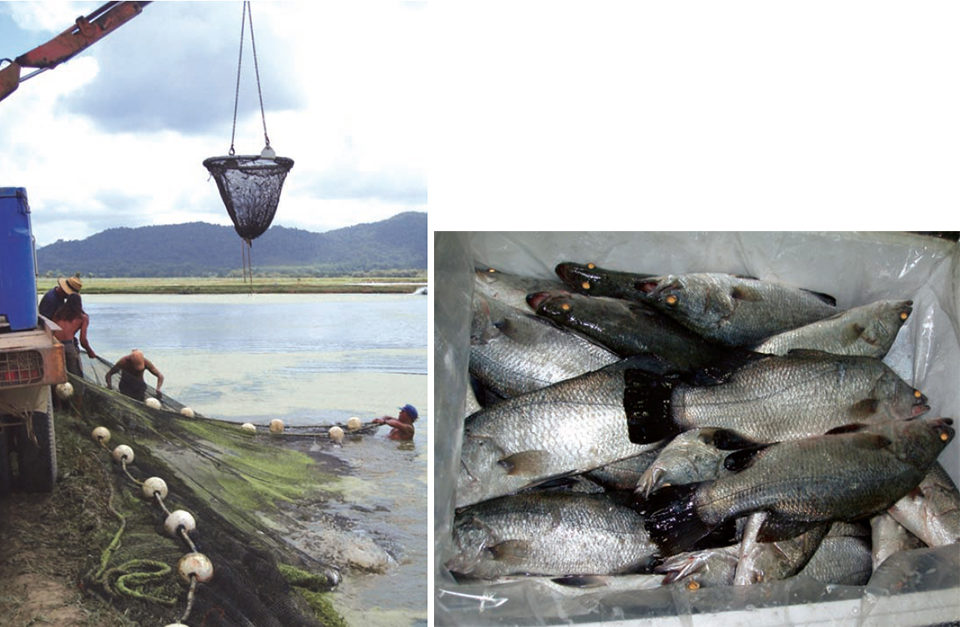
Fingerling grow-out
Fingerlings are hardy, but have the unfortunate trait of cannibalism toward their siblings. Adequate feeding is essential for these aggressive-feeding fish. Fast-growing “shooters” should be graded out.
Fingerlings are generally grown in tanks to a size of over 80 mm before they are stocked into larger tanks, ponds, or marine pens. Tank-reared barramundi are generally free from predation, but water rats and birds can predate heavily on pond-reared fish.
Stocking, harvest
In testament to the hardiness of the fish, stocking densities that would frighten most salmon producers are used. Barramundi readily grow at 30 to 50 kg per cubic meter and densities of 100 kg per cubic meter or higher are not uncommon. Provided oxygen and other water quality parameters are maintained, high production densities are readily achievable.
Farmers target one or two final fish sizes during production. Fingerlings are either grown to a “plate size” of 400 to 500 grams or held and grown to several kilograms. Plate-size fish take around seven months to grow, while fish greater than 2 kg can take closer to two years. This strategy fills niche markets for whole, plate-size fish or value-added filleted products.
Feeding, disease
Barramundi are capable of utilizing feed at a feed-conversion ratio of 1:1. Various companies provide feed in both sinking and floating variants. Floating feeds are typically used in recirculation systems and some ponds, while sinking diets are used at marine sites. As barramundi are often grown in quite turbid waters, floating pellets help monitor feeding activity at the surface and improve feed management.
In what can only be described as a feeding frenzy, these voracious feeders hit pellets as though they were their last. The characteristic snapping at the surface can be deafening in enclosed buildings, and it is not uncommon for floating pellets to be thrown from tanks by the aggressive thrashing.
Bacterial diseases, particularly from Flexibacter columnaris and Streptococcus species, can be of occasional concern but are generally managed through the use of vaccines and good farm practices. Farms in cooler environments, where water temperatures fall below 20 degrees-C, can be vulnerable to reduced growth rates and other winter-related issues.
Markets
The markets for Australian-grown barramundi are largely domestic, for Australians seem to have an insatiable appetite for their home-grown fish. Farmers are also supplying markets in the European Union and elsewhere. As with most other finfish, barramundi markets are now requesting ready-to-cook meals. Large 2-kg fish are filleted and used to prepare various off-the-shelf, value-added products.
Most farmers in Australia are members of the Australian Barramundi Farmers Association (www.abfa.info), which represents their interests and helps tailor promotional programs and specific research and development.
Outlook
So what of the future for Australian barramundi? As with any relatively new farmed fish species, attention will turn to lowering the cost of production. This is likely to come through improvements in farm management and technology, selection of stock with desired traits, and better control of disease. Further development of value-added products is likely to help fill developing niche markets for ready-to-cook products, allow greater exports, and provide a premium to producers.
(Editor’s Note: This article was originally published in the May/June 2007 print edition of the Global Aquaculture Advocate.)
Now that you've reached the end of the article ...
… please consider supporting GSA’s mission to advance responsible seafood practices through education, advocacy and third-party assurances. The Advocate aims to document the evolution of responsible seafood practices and share the expansive knowledge of our vast network of contributors.
By becoming a Global Seafood Alliance member, you’re ensuring that all of the pre-competitive work we do through member benefits, resources and events can continue. Individual membership costs just $50 a year.
Not a GSA member? Join us.
Author
-
Dr. Matthew Bransden
Technical Service Manager
Skretting Australia
P.O. Box 117
Rosny Park, Tasmania 7018 Australia[109,111,99,46,103,110,105,116,116,101,114,107,115,64,110,101,100,115,110,97,114,98,46,119,101,104,116,116,97,109]
Tagged With
Related Posts
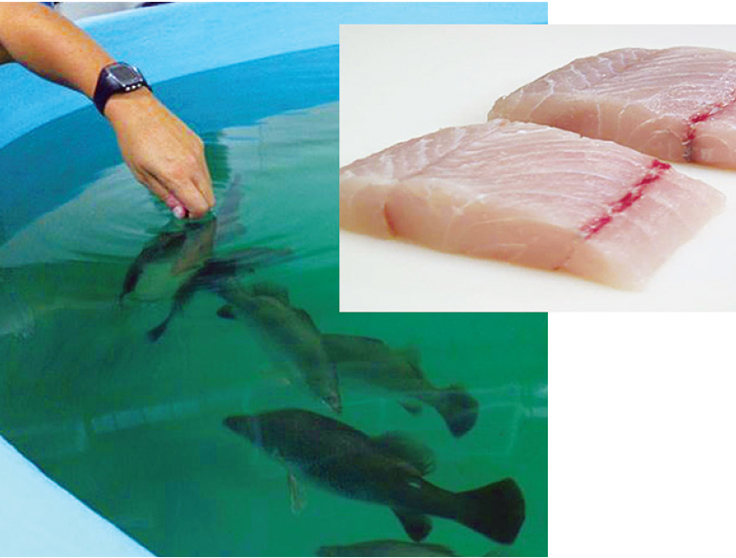
Intelligence
Adding flavor complexity to farmed barramundi
Organoleptic attributes such as flavor and aroma are among the most important factors that influence consumer acceptability and demand for fish products. Consumers have identified farmed fish as less complex and lacking “sealike” or “sea-fresh” flavors and aromas.
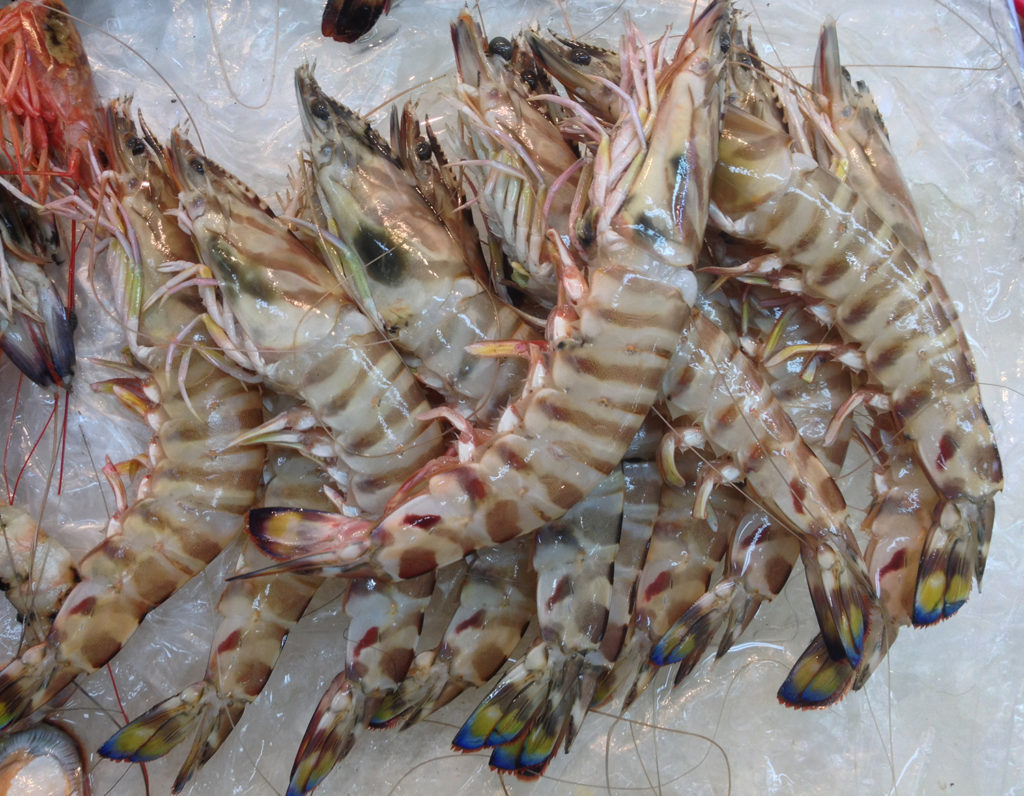
Intelligence
Aquaculture key to increasing seafood supplies to Arab states
Arab States have substantial natural resources to increase aquaculture production. Several types of systems are readily adaptable and can be implemented relatively quickly.
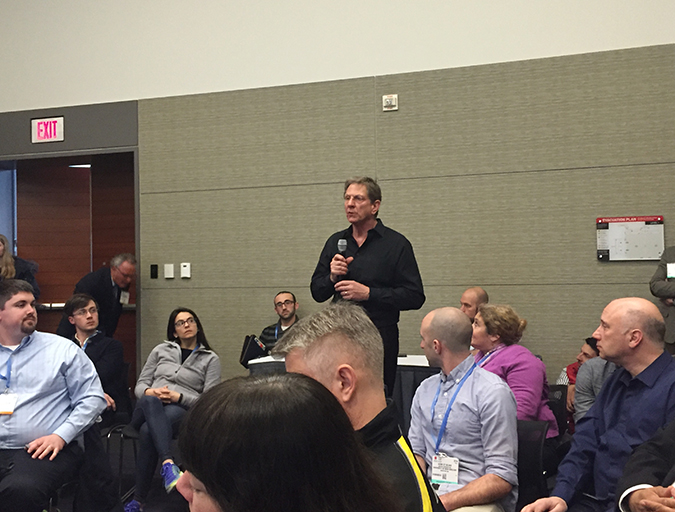
Intelligence
Boston brainstorm: Getting consumers to embrace aquaculture
In a discussion format somewhat unique to the bustling halls of Seafood Expo North America, aquaculture backers lamented the lackluster U.S. consumer acceptance for farmed fish.
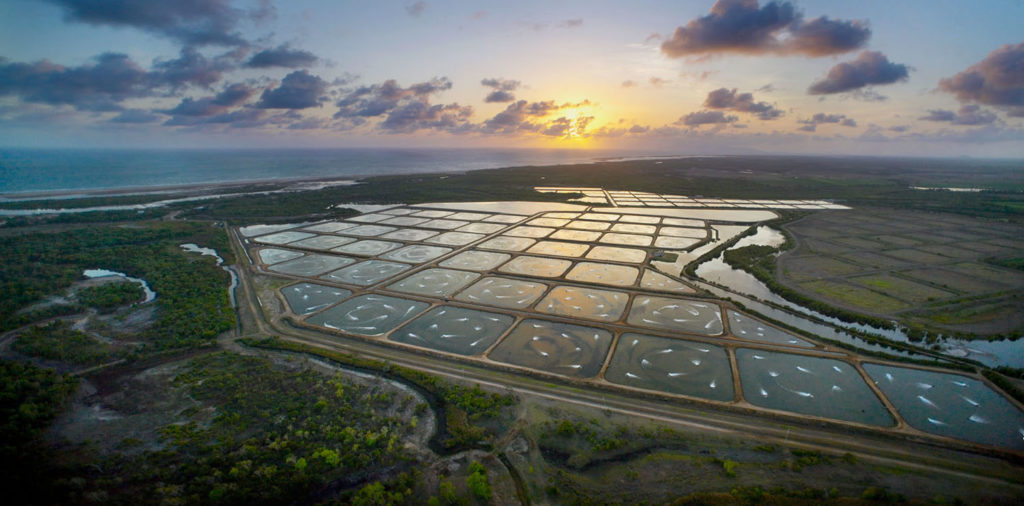
Innovation & Investment
Bringing Australian aquaculture into view
Australian aquaculture gets some needed attention later this month when Fish 2.0 holds a regional workshop focused on innovation and investment in Melbourne.



